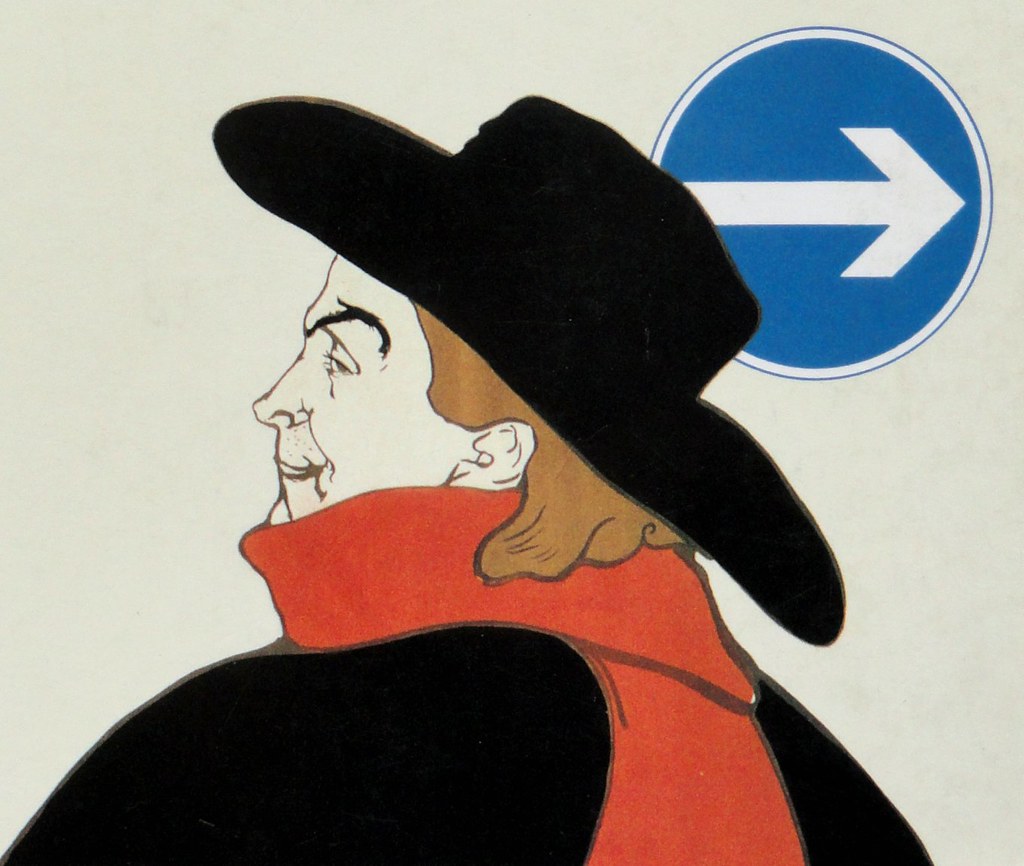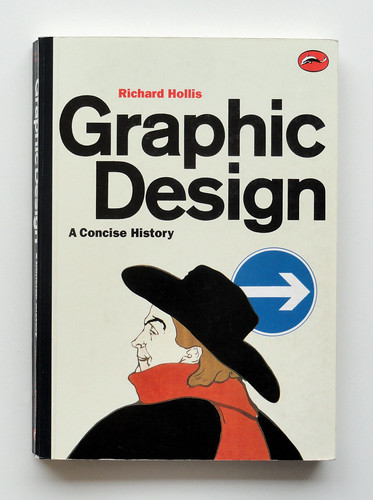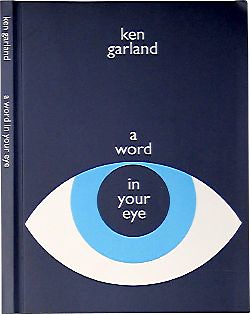Wednesday, 11:34am
21 March 2012
Graphic design reading lists
How should we choose texts to guide students through the info-blizzard?

Twenty years ago creating a reading list for graphic design students was relatively easy, writes Steve Rigley.
Books about the subject were relatively scarce and studio tutors would direct students down a familiar, well worn path: (Philip) Meggs, (Herbert) Spencer and (Richard) Hollis for history; James Craig for type, (John) Berger and (Susan) Sontag for a ‘bit of theory’ leaving the rest to be handled by the critical studies staff. A modest collection, seemingly confirming the status of graphic design as a ‘soft option’ best suited for those who struggled with reading.
That was before the recent boom in graphic design publishing. Alongside the flowering of essential guides, histories, theories and critiques, and skills-based titles, we find books that focus upon professional practice and the sub-genres of editorial, identity, type and interaction design. And all those inspirational celebrity tomes. And, most recent of all, a plethora of publications that seek to offer an alternate, multilayered reading experience (dependent upon reading the introductory chapter explaining how to read the book). So how can we filter these options down to a singular, affordable list? Or should we even bother?
The term ‘reading list’ suggests the tutor acts as gatekeeper and guardian to the ‘right’ sources of knowledge. The creation of a list demands that hidden values be explicit. A balance needs to be found between the personal and the objective, the focused and the expansive, the skills-based and the theoretical. Yet those eager to see graphic design mature will surely be drawn to texts that open rather than close debate, that question professional identity rather than offer a ready-made template to secure it. Lists often reduce and flatten where histories expand and add depth.
The book as a physical object is already losing its primacy, relegated to one among many options for net-genners for whom gathering research through Google, blogs and wikis is as natural as a walk to the library, only much quicker. Liberated by Web 2.0, the digital threatens to trample print out of existence while simultaneously carrying evangelists of OER (open education resources) ever closer to their dream of providing a global, accessible education for all and ‘redirecting funds from expensive textbooks towards better learning.’ The studio tutor is now encouraged to collaborate, to create and share content which itself is no longer fixed but open to scrutiny, inviting constant revision.
Yet the sheer range of possibilities leaves the tutor like some bewildered checkout operative in the ever-expanding super-mall of higher education. It can be tempting to disengage and data-dump because, in the world of cut-and-paste, creating a reading list is as easy as stocking the shelves. However, as Clifford Lynch reminds us, access to information and access to education do not necessarily equate to the same thing.
One natural response to this explosion of provision is to search for the security and assurance of ‘key texts’. Hilary Kenna’s 2007 literature map (above) revealed a surge in the publication of books about typography from 2000. Within these titles she found that most made reference to Emil Ruder’s Typographie (1967), either explicitly or within the biography.
Kenna argues that Typographie possesses a timeless quality, providing not only the most considered blend of philosophy and practice, but also a vital resource for students working in screen-based design. What other texts might sit alongside Ruder in a reading list that will genuinely encourage discernment and critical reflection, and guide our students through the blizzard of information to a genuine, meaningful education?
Steve Rigley is Head of Graphic design at Glasgow School of Art.
Eye is the world’s most beautiful and collectable graphic design journal, published quarterly for professional designers, students and anyone interested in critical, informed writing about graphic design and visual culture. It’s available from all good design bookshops and online at the Eye shop, where you can buy subscriptions and single issues. Eye 82 is on its way to subscribers worldwide.



